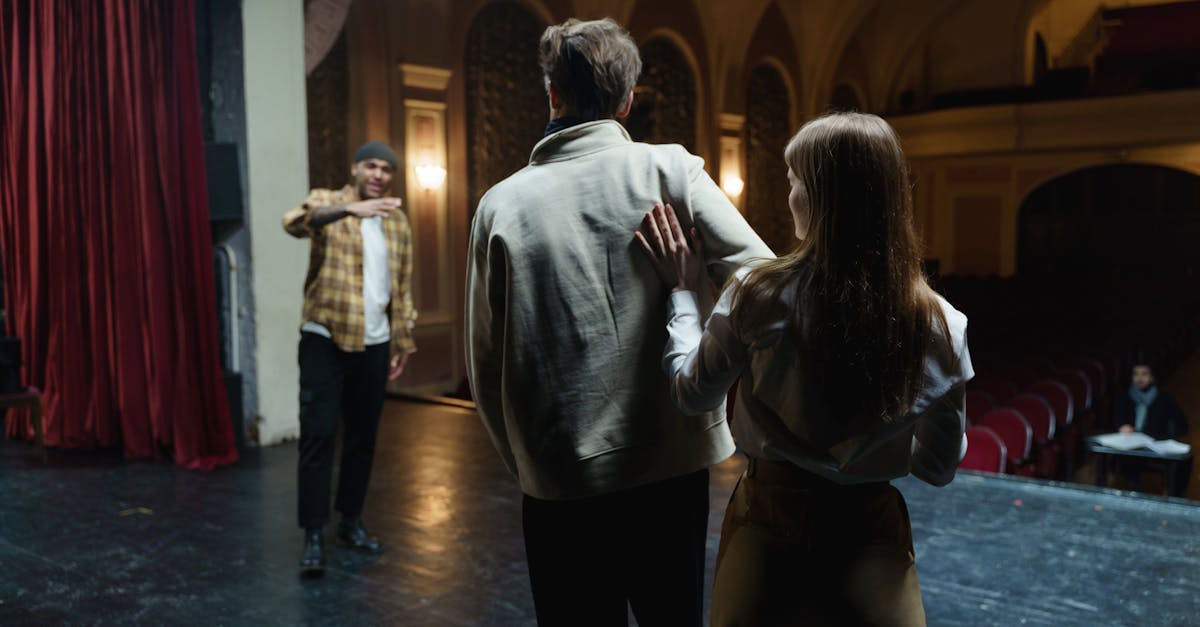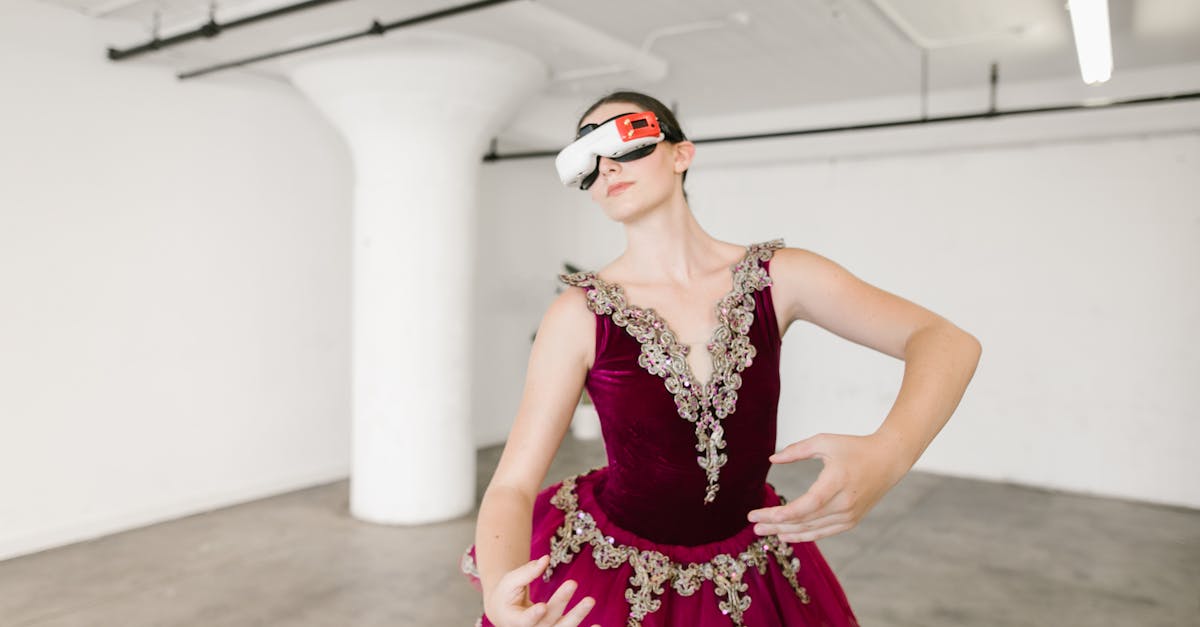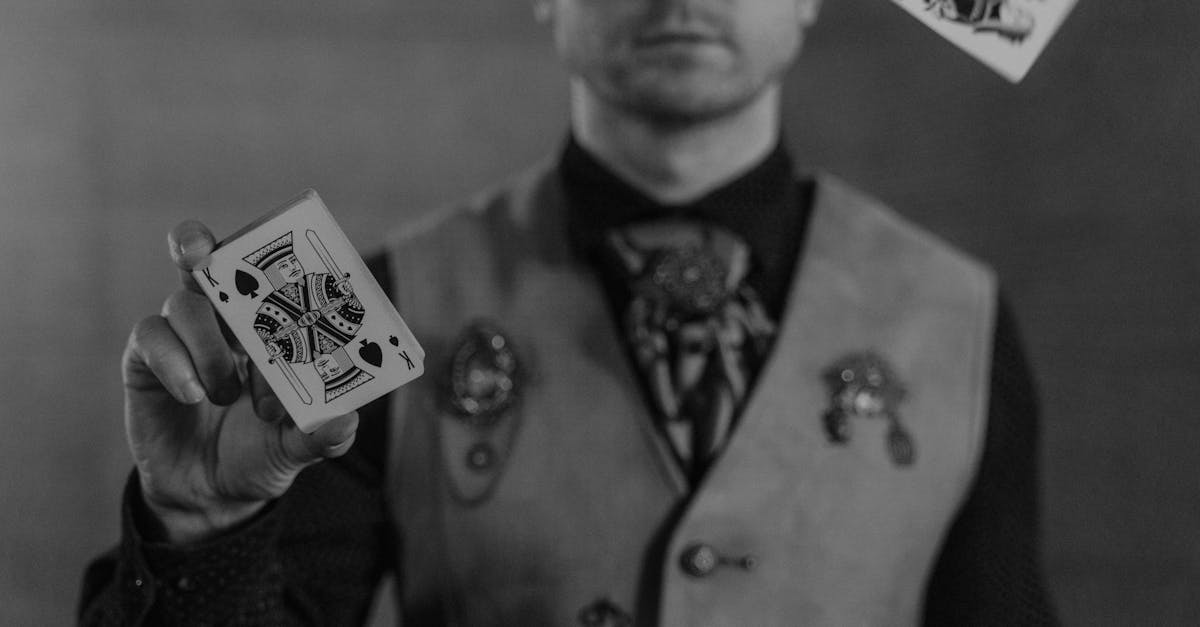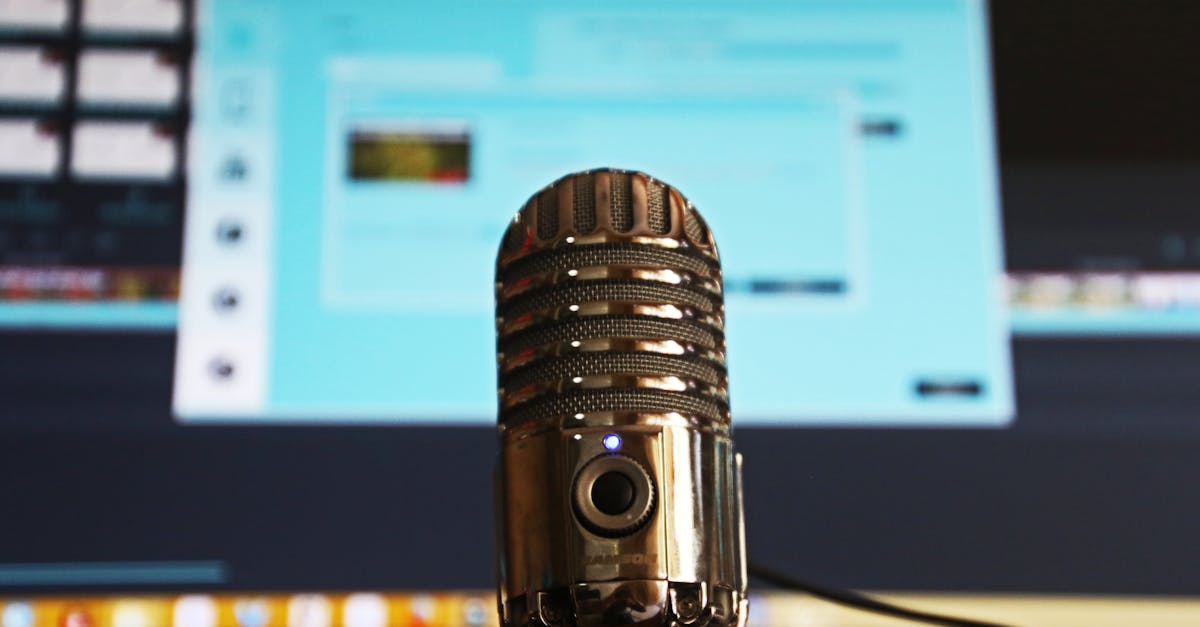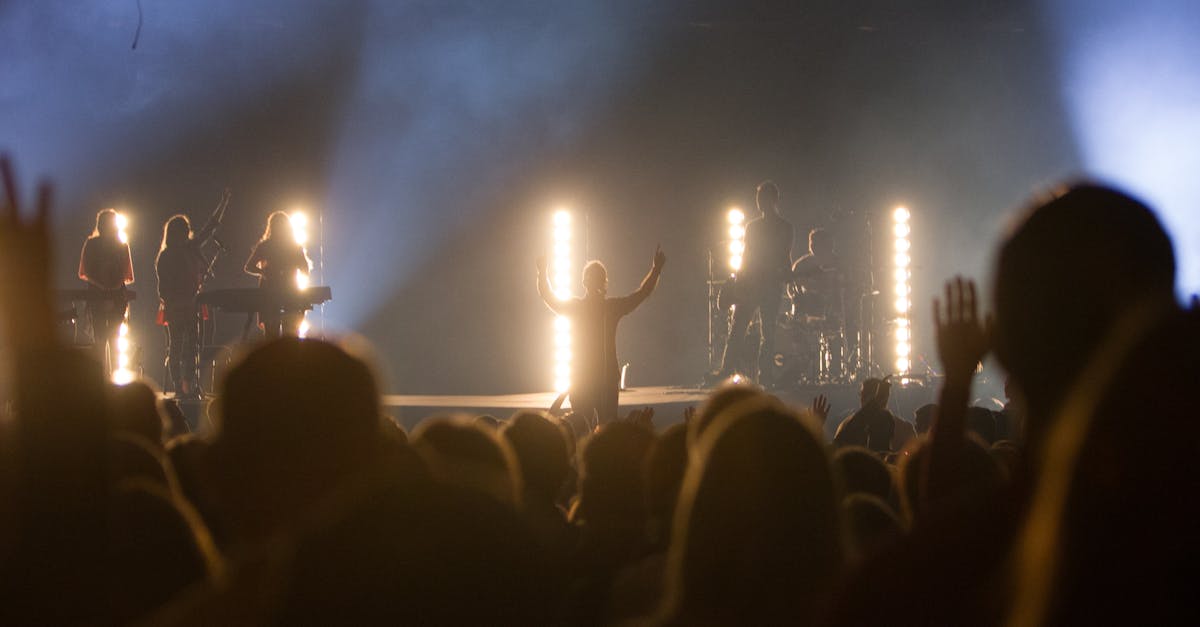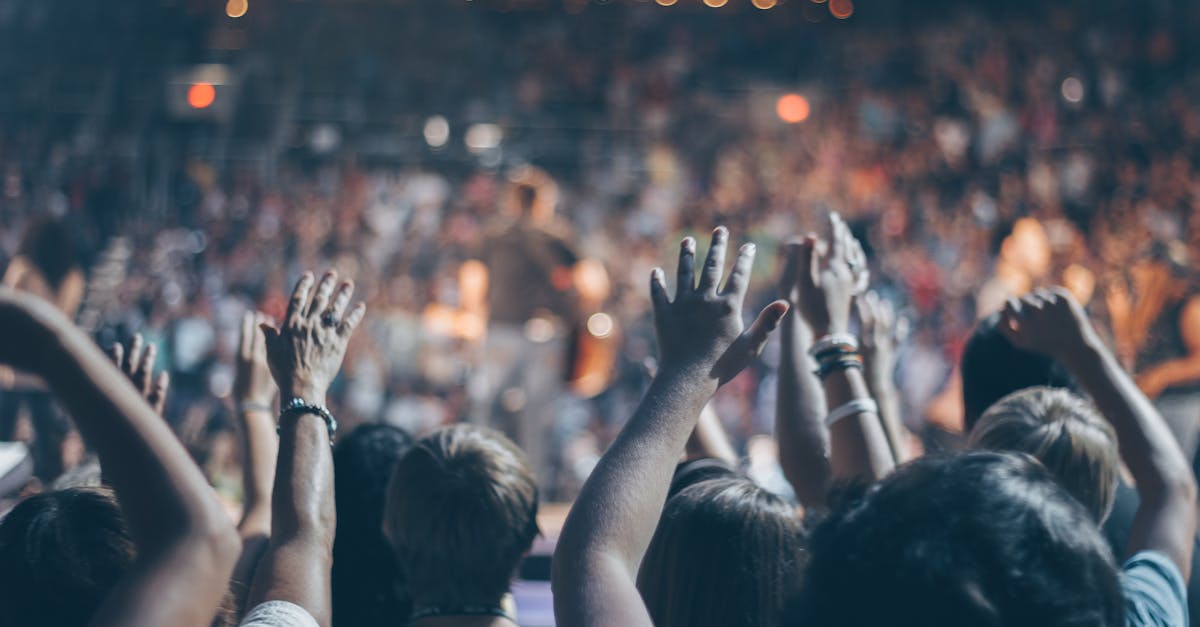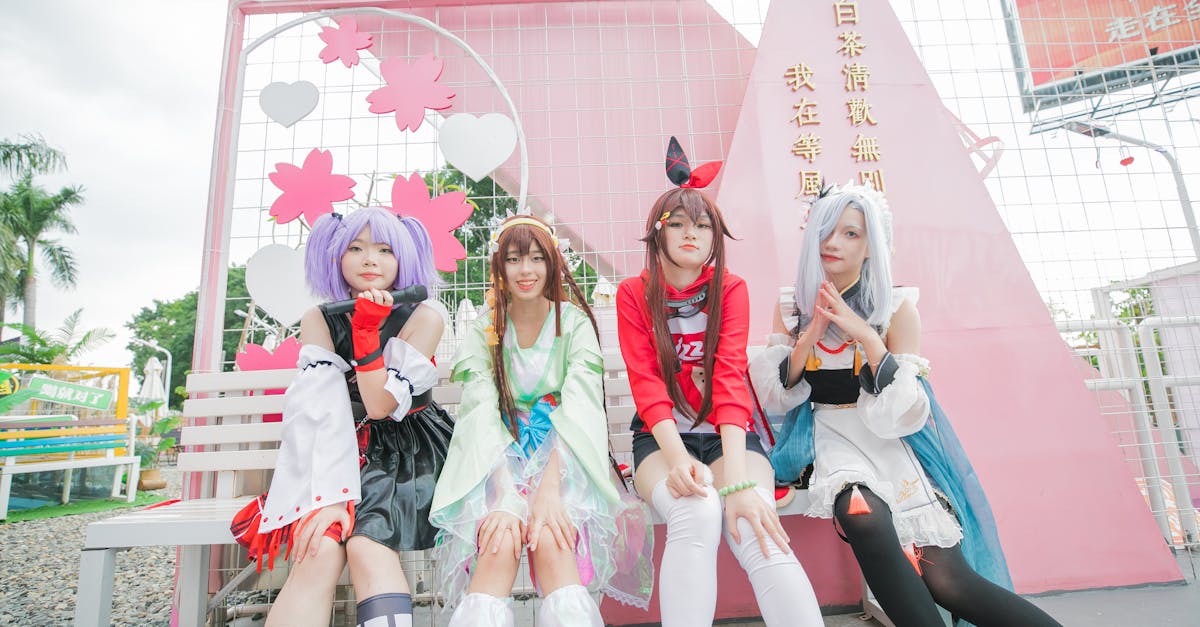Exploring the Future of Arts Entertainment 2120
Introduction
In the year 2120, arts and entertainment are on the cusp of unprecedented transformation, driven by technological advancements and evolving audience preferences. Rapid innovations in virtual reality (VR), augmented reality (AR), and artificial intelligence (AI) are reshaping how we create, experience, and engage with the arts. No longer constrained by traditional mediums, artists and entertainers are creating experiences that transcend the physical realm, offering audiences immersive and interactive encounters. This evolution is not just limited to the art itself but extends to distribution channels, audience engagement, and cultural relevance. With these changes, questions arise about the future of artistic expression, intellectual property, and the role of technology in creative processes. Explore with us the future of arts entertainment in 2120, a future brimming with creativity, accessibility, and challenges.
Advertisement
The Rise of Immersive Environments
Immersive environments have become the hallmark of 22nd-century entertainment. Artists and creators now blend reality and virtuality to craft experiences that engage multiple senses. VR and AR technologies allow audiences to step into the artist's world, providing them a chance to interact with art in previously unimaginable ways. The advent of multi-sensory installations, powered by haptic feedback and sensory simulations, enables viewers to 'feel' the art - elevating the emotional and psychological impact of creative works. This transformation has made art a participatory journey with individualized interpretations. These environments are not solely for entertainment but are also used for educational and therapeutic purposes, expanding the influence of art across various sectors.
Advertisement
Artificial Intelligence as Co-Creator
Artificial intelligence is no longer a mere tool in the creative process; it has become a collaborator. A blend of human intuition and AI algorithms enables the creation of art that is dynamic and continually evolving. AI-driven platforms can produce music, paintings, and scripts, adjusting them based on real-time audience feedback. This interactivity transforms the audience from passive consumers to active contributors, granting them influence over the artistic outcome. Moreover, AI has democratized art creation, allowing individuals without technical skills to bring their visions to life. Yet, this advancement poses critical questions: Who holds the artistic license? Can AI-generated works be considered truly creative? Despite these debates, AI continues to broaden the spectrum of artistic expression.
Advertisement
Cultural Preservation through Technology
Technology serves a dual role in both driving new media and preserving traditional ones. Digital archiving and restoration technologies ensure that ancient arts are shielded from the ravages of time and accessible to future generations. Holographic and VR reconstructions allow viewers to explore historical performances at their original venues, offering a virtual time-travel experience. These innovations strengthen cultural continuity, bridging generational gaps and fostering a global appreciation for diverse art forms. Additionally, nanotechnology is being employed in the restoration of classic artworks, manipulating substances at molecular levels to repair and protect delicate pieces. This convergence of art and technology highlights our growing commitment to cultural preservation amidst rapid change.
Advertisement
Redefining Artistic Spaces
As the canvas of creation expands, so do the spaces that house the arts. Traditional theaters, galleries, and concert halls are transforming into hybrid spaces that accommodate multifaceted experiences. These venues incorporate advanced acoustics and projection technologies to offer dynamic performances where audiences can choose different vantage points and narratives. Public spaces are also being reimagined as temporary hubs of art, with outdoor AR exhibitions and popup holographic performances making art more accessible to the masses. This redefinition of space has led to unexpected collaborations between urban planners, architects, and artists, redefining the identity and functionality of cultural institutions around the world.
Advertisement
Augmented Storytelling
Storytelling, a timeless art form, is entering a new era where narratives are augmented by technology. Interactive narratives allow audiences to affect story outcomes, thus fostering a deeper emotional investment. Modern-day tales now unfold through personalized experiences, curated by AI to match user preferences and inputs. Holograms, interactive installations, and digital mapping transport viewers into storyscapes, making them active participants rather than spectators. Additionally, storytelling is employing biofeedback tools to measure emotional response, subsequently tailoring content to heighten engagement. This intersection of storytelling and technology bends the traditional boundaries of narrative by transforming audiences into co-creators of shared experiences.
Advertisement
The Metaverse: A New Artistic Playground
The metaverse, an ever-expanding network of 3D virtual worlds, has become a thriving ground for artistic exploration. Within this digital universe, creators erect entire societies, craft interactive art installations, and hold virtual concerts attended by avatars of global audiences. The metaverse allows artists to bypass real-world constraints, creating works untethered by physical limitations. Art in the metaverse stretches beyond the visual and audial, offering experiences informed by virtual economies and social dynamics. As this digital realm expands, it raises questions about authenticity, ownership, and intellectual property rights in cyberspace, pressing for legal frameworks that accommodate this novel frontier. Yet, with each exploratory leap, the boundaries of artistic possibility continue to dissolve, kindling creative freedom.
Advertisement
Art as a Catalyst for Social Change
In 2120, art continues to serve as a powerful vessel for social commentary and change. New technologies amplify underrepresented voices, enabling artists to tackle pressing global issues through impactful narratives. Digital campaigns and interactive documentaries deploy VR and AR to promote empathy and social awareness, allowing people to 'walk a mile' in someone else's shoes. These technologies break down geographical and cultural barriers, uniting worldwide audiences in causes that transcend borders. Social media platforms further amplify art's message, cultivating communities around shared missions and harnessing art's emotional power as a constructive agent of change. Through the convergence of art and technology, creators are empowered to address societal challenges with renewed vigor.
Advertisement
Challenges in the Changing Landscape
Despite its promising future, the realm of arts and entertainment faces significant challenges in 2120. The rapid pace of technological advancement brings to the fore concerns regarding intellectual property rights and data privacy within creative pursuits. The line between human and machine-generated art blurs, challenging notions of authorship, authenticity, and originality. Additionally, the digital divide remains a crucial issue, as access to sophisticated technologies is uneven across populations. Balancing technological innovation with equitable access and ethical standards will determine the sustainability of this artistic revolution. As creators pursue the limitless creative potential that technology offers, preserving cultural integrity and ensuring inclusivity will remain essential in overcoming these obstacles.
Advertisement
Conclusion
The future of arts and entertainment in 2120 holds limitless potential. With advancements in VR, AI, and other technologies, creative expressions redefine boundaries and enrich the cultural landscape. These innovations promise not only to entertain but to educate, heal, and inspire, making art more immersive, inclusive, and relevant. Yet, as technologies evolve, so too must the frameworks for ethical and equitable artistic practice. While the confluence of art and technology offers extraordinary opportunities, it is up to society to balance innovation with cultural preservation and ethical responsibility. As we traverse this brave new world, the artistic journey will continue to shape and reflect the human experience, rendering 2120 a pivotal chapter in the unfolding story of art.
Advertisement
